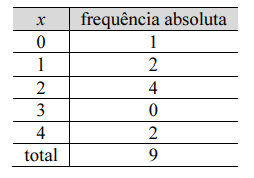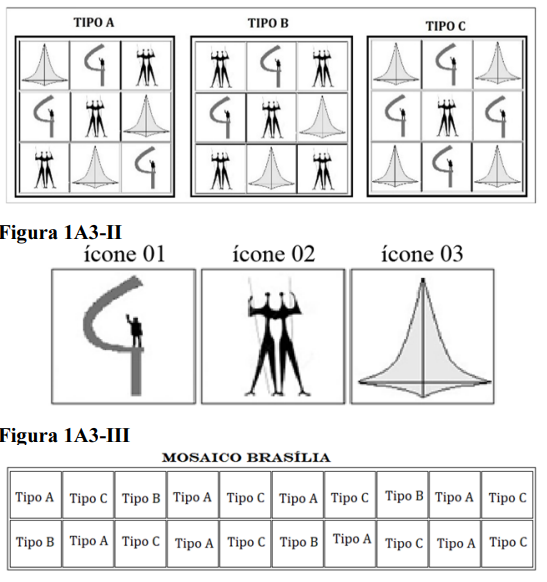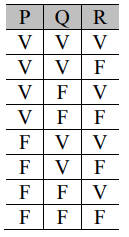Questões de Concurso Público CGDF 2023 para Auditor De Controle Interno Do Distrito Federal – Especialidade Finanças E Controle
Foram encontradas 140 questões
I As peculiaridades dos cargos, os requisitos para investidura e a complexidade dos cargos componentes de cada carreira são critérios observados na fixação dos padrões de vencimento.
II É permitida a incorporação da remuneração de cargo em comissão à remuneração do cargo efetivo.
III O servidor abrangido por regime próprio de previdência social aposentar-se-á, no âmbito da União, dos estados, do DF e dos municípios, aos 65 anos de idade, se for homem, e aos 62 anos de idade, se for mulher.
Assinale a opção correta.
I estimular um maior compromisso com a gestão, de maneira a promover mais envolvimento com o interesse comum.
II promover melhores relações com a sociedade, conhecendo e levando em consideração seus pontos de vista e dando mais acessibilidade e clareza às informações.
III fortalecer o papel da função pública por meio de práticas e estilos de trabalho mais flexíveis, próximos ao cidadão e com mais responsabilização.
Assinale a opção correta.
I Accountability envolve a prática de transparência, responsabilização e prestação de contas, bem como mecanismos de incentivo e sansão aos responsáveis pelo alcance de objetivos da política.
II Entre outras ideias, governança possui relação com a existência de condições políticas para a sustentação de políticas públicas em um ambiente democrático.
III Governabilidade diz respeito ao sistema pelo qual as instituições são dirigidas, monitoradas e incentivadas, envolvendo sócios, representantes, conselho de administração, diretoria, órgãos de fiscalização e controle e demais partes interessadas.
Assinale a opção correta.

Considerando que a tabela precedente represente a distribuição de frequências absolutas de uma variável quantitativa x, é correto afirmar que, em relação a x, a média será
Uma amostragem por conglomerados será efetuada para o estudo dos tipos de erros encontrados nas páginas de M diferentes livros produzidos por certa editora. Cada livro k, em que k ∈ {1, … , M}, é constituído por Nk páginas, divididas em capítulos. Nessa amostragem, considera-se cada livro k como um conglomerado de Nk páginas.
Nessa situação hipotética, se o livro k =1 for selecionado aleatoriamente para compor a amostra desse estudo, então deve-se
Texto 1A3-I
Figura 1A3-I

Os três tipos de azulejos (A, B e C) mostrados na figura
1A3-I foram criados a partir dos três ícones representados na
figura 1A3-II, para a comemoração do aniversário de 63 anos de
Brasília. O Mosaico Brasília, esboçado na figura 1A3-III, possui
20 azulejos dos tipos mostrados na figura 1A3-I e está montado
na entrada do Museu de Arte de Brasília
Texto 1A3-I
Figura 1A3-I

Os três tipos de azulejos (A, B e C) mostrados na figura
1A3-I foram criados a partir dos três ícones representados na
figura 1A3-II, para a comemoração do aniversário de 63 anos de
Brasília. O Mosaico Brasília, esboçado na figura 1A3-III, possui
20 azulejos dos tipos mostrados na figura 1A3-I e está montado
na entrada do Museu de Arte de Brasília

Com base nessas informações, é correto afirmar que, no mosaico gigante,
Texto 1A3-I
Figura 1A3-I

Os três tipos de azulejos (A, B e C) mostrados na figura
1A3-I foram criados a partir dos três ícones representados na
figura 1A3-II, para a comemoração do aniversário de 63 anos de
Brasília. O Mosaico Brasília, esboçado na figura 1A3-III, possui
20 azulejos dos tipos mostrados na figura 1A3-I e está montado
na entrada do Museu de Arte de Brasília

A sequência de valores V ou F, considerada no sentido vertical, de cima para baixo, da proposição lógica R˅(Q˄P) ↔ (P˅R)˄(R˅Q), assumindo-se os valores de P, Q e R como os da tabela-verdade precedente, é
O texto precedente pode ser expresso corretamente pela proposição lógica